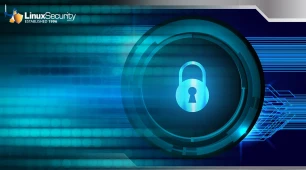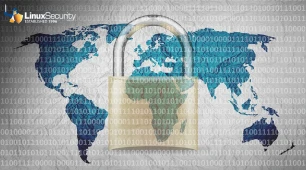Cultures may differ and languages may vary, but the security threats IT systems around the world face are pretty much the same, according to the InformationWeek 2003 Global Information Security Survey of 2,500 business-technology and security professionals. And the tactics used to fend off those threats are similar the world over.
First the good news. In the 12 months ending in July, virus, worm, and Trojan-horse attacks hit 45 percent of sites surveyed, down dramatically from 66 percent in the same period two years ago. Those kinds of attacks occurred more often in South America (55 percent) and the Asia-Pacific region (49 percent) than in North America (46 percent) and Europe (41 percent). About 15 percent of sites surveyed suffered denial-of-service attacks, the same as in 2001, but more businesses in Asia-Pacific (19 percent) and North America (19 percent) experienced such attacks than companies in South America (14 percent) or Europe (11 percent).
The link for this article located at securitypipeline is no longer available.
















